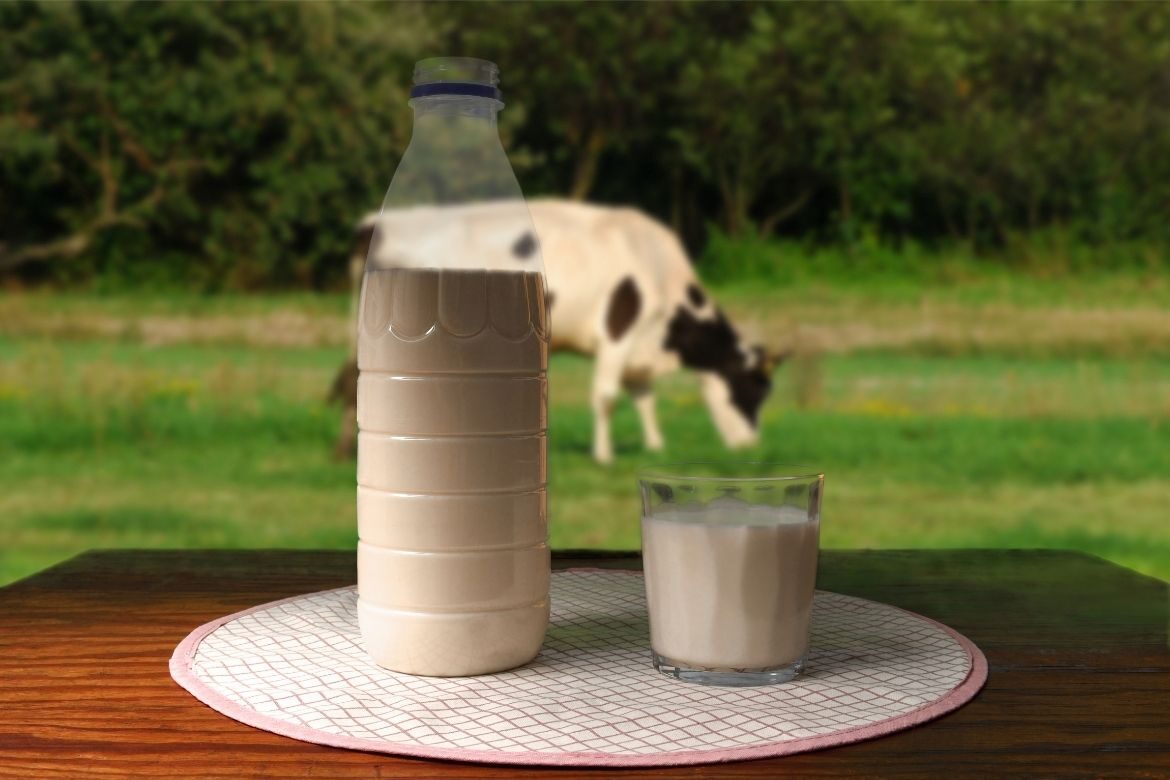The odour of raw milk is both directly and indirectly influenced by bovine diet, according to new research by Teagasc and University College Cork. Their study is the first to confirm the direct transfer of aroma active volatile organic compounds (VOC) from diet to milk. It also shows the differences in aroma between pasture and non-pasture diets on raw milk samples.
The analysis was performed at Teagasc Moorepark, where VOC profiles of raw bovine milk, produced exclusively outdoors on perennial ryegrass (GRS), or indoors on total mixed ration (TMR) consisting of grass silage, maize silage and concentrates, were examined by gas chromatography mass spectrometry and olfactometry.
The information has subsequently been published in Frontiers in Nutrition.
The scientists identified 99 VOCs in both the GRS and TMR raw milk samples, with 33 VOCs also identified in the feed and rumen samples, demonstrating direct transfer from the diet. They found that while there was no major difference in the VOC content between the GRS and TMR milk samples, there was a significant difference in the relative abundance of 13 VOCs.
“As odour perception is influenced by the odour threshold of each individual VOC (the concentration at which we can perceive it), and its relative abundance, these differences in abundance can significantly impact aroma perception. Approximately 30% of the VOCs were deemed odour active by olfactometry, where trained assessors sniff and describe aromas associated with the extracted and separated VOC. The raw milk derived from a TMR diet was judged to have a higher odour intensity (OI) with many of the odour active VOCs in this TMR milk derived from Maillard reactions.”
“The aroma of both milks was complex, but in general the aroma of raw GRS milk was sweeter with more caramel and toffee notes, while raw TMR milk had more animal, barnyard, smokey notes.”
Professor Kieran Kilcawley, project leader from the Teagasc Food Research Programme, says: “We have previously used sensory analysis with trained and untrained panellists to evaluate milk and other dairy products from pasture and non-pasture diets, and know that people’s ability to discern differences is very much due to cultural familiarity with the different production systems, namely, pasture versus non-pasture milk. However, it is only with the advent of analytical advances that we detect the compounds responsible and therefore determine their source. This work is the accumulation of years of work and I would like to thank all our collaborators within Teagasc and UCC, but especially Dr Holly Clarke who was the lead author on this study.”

